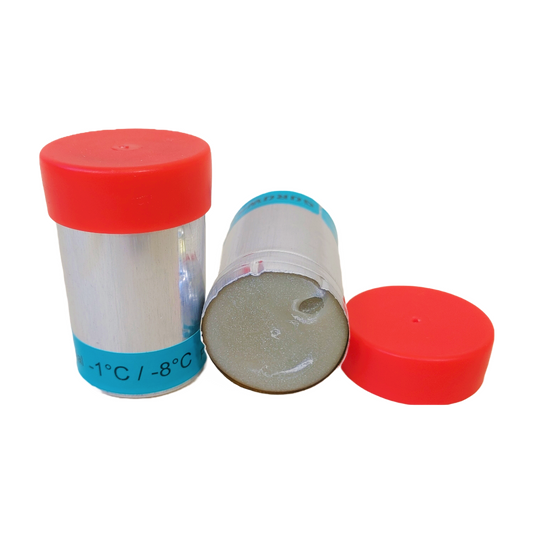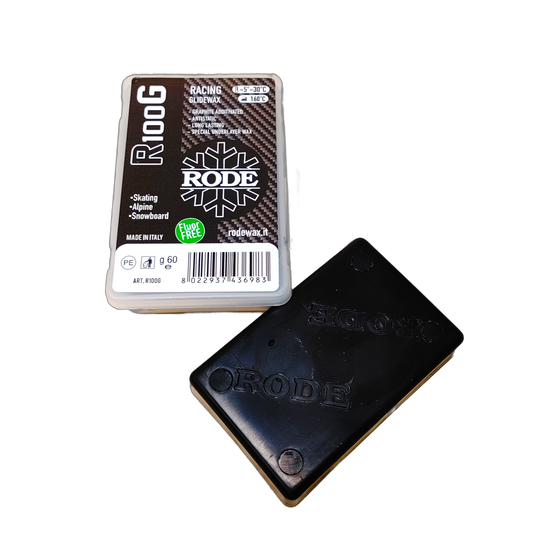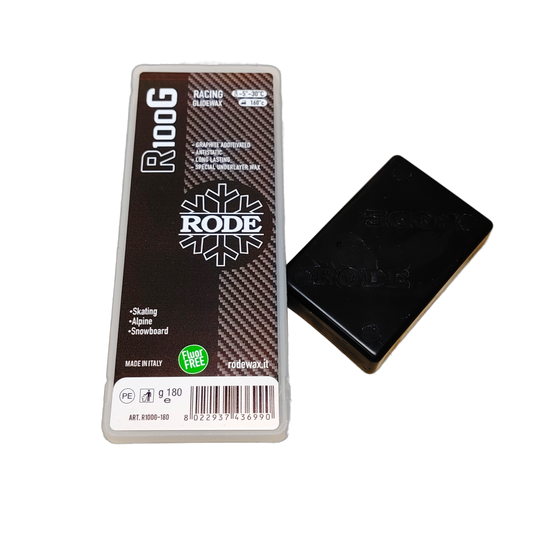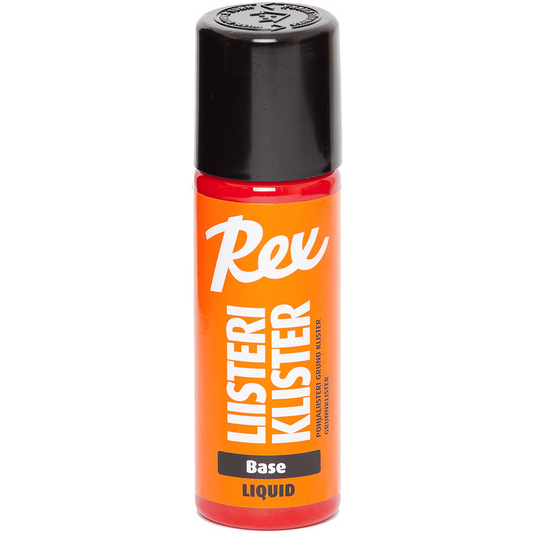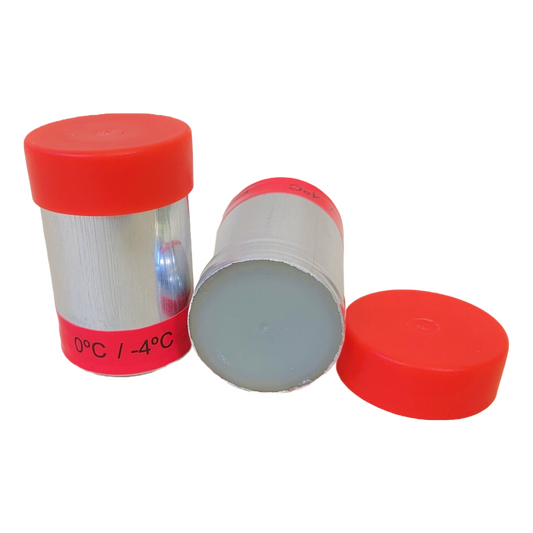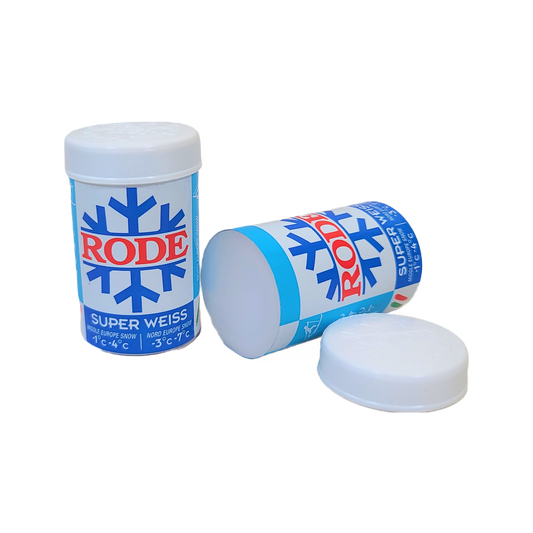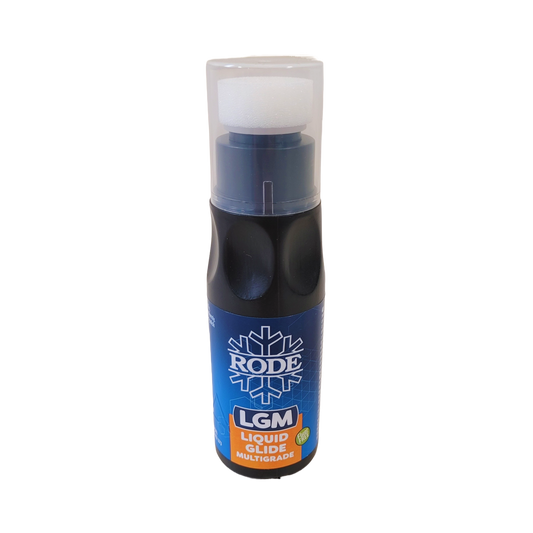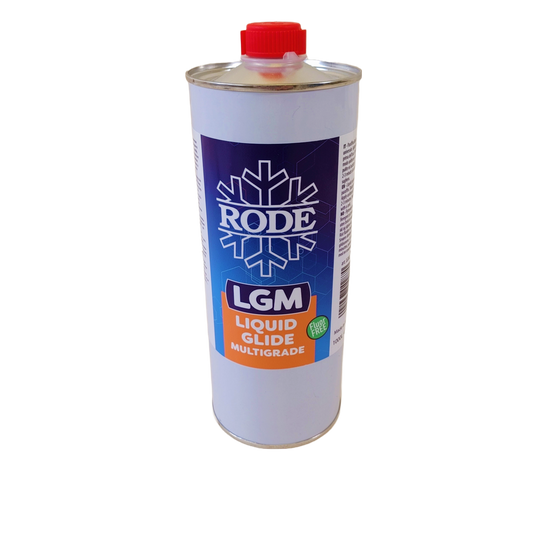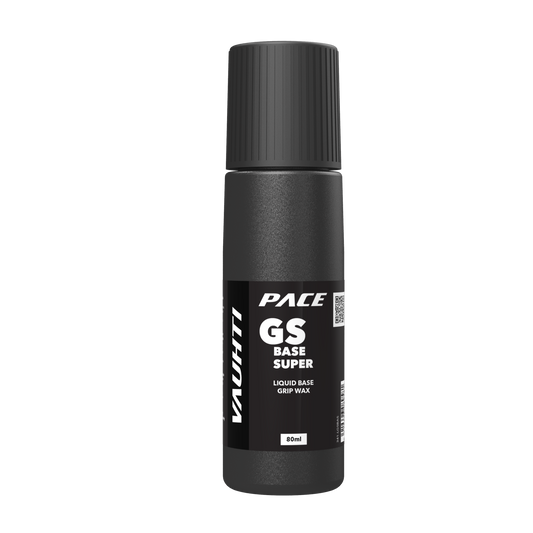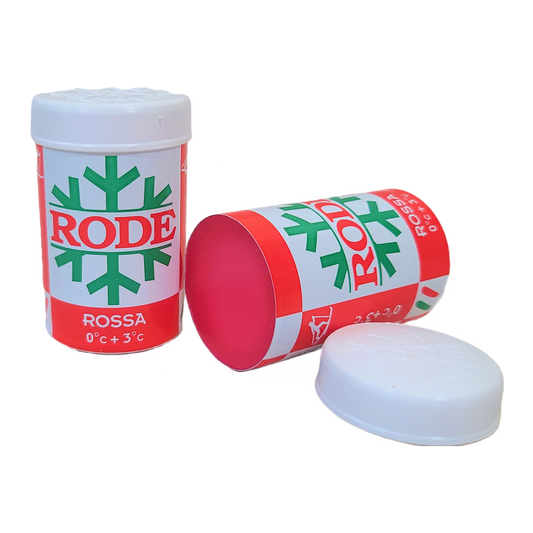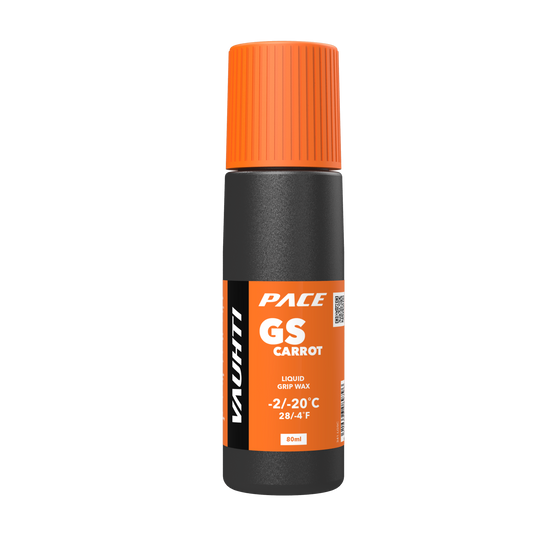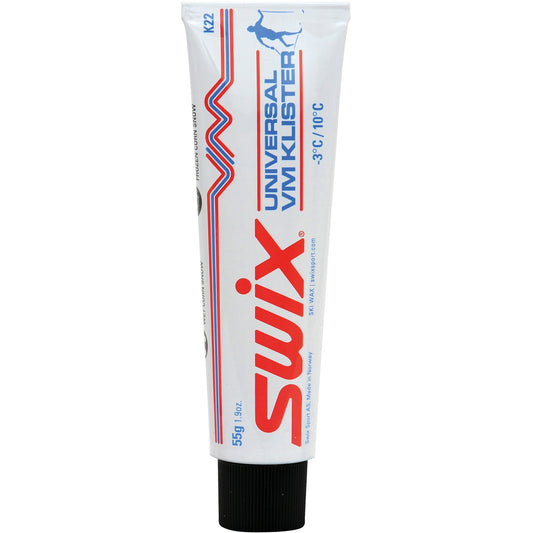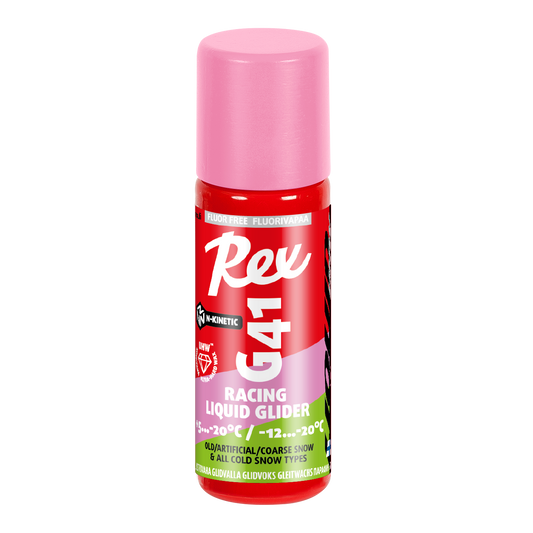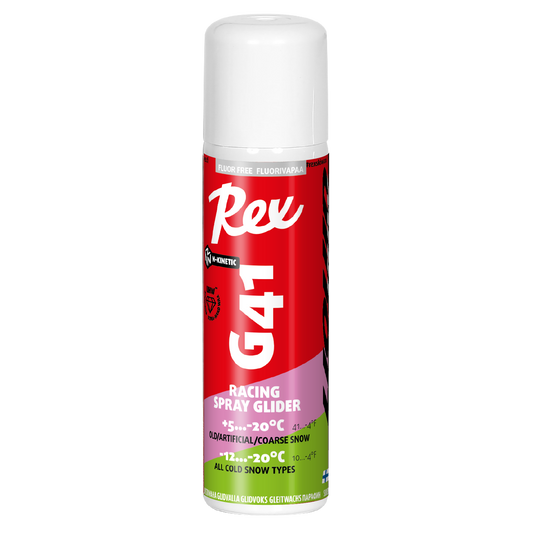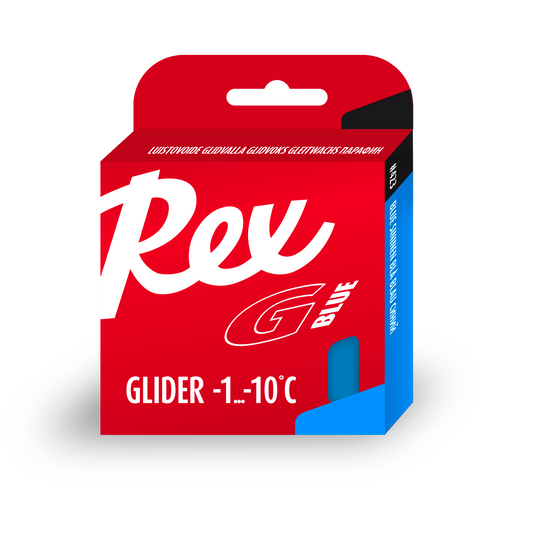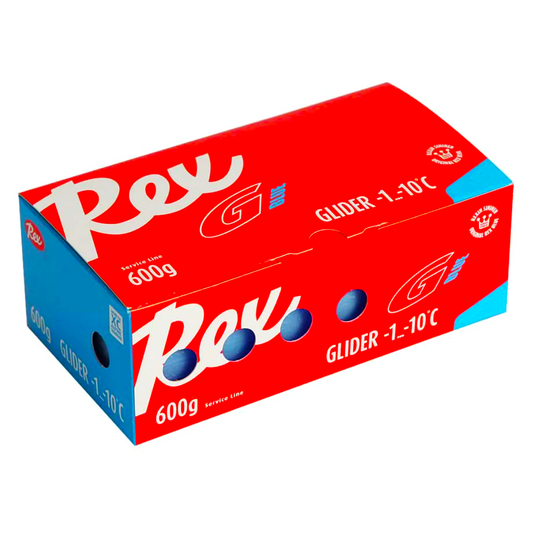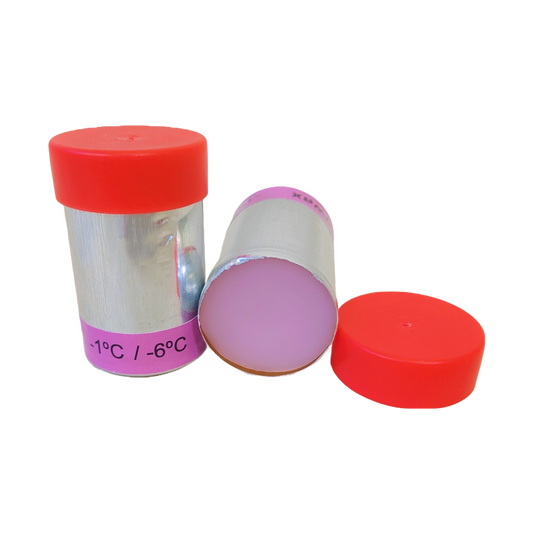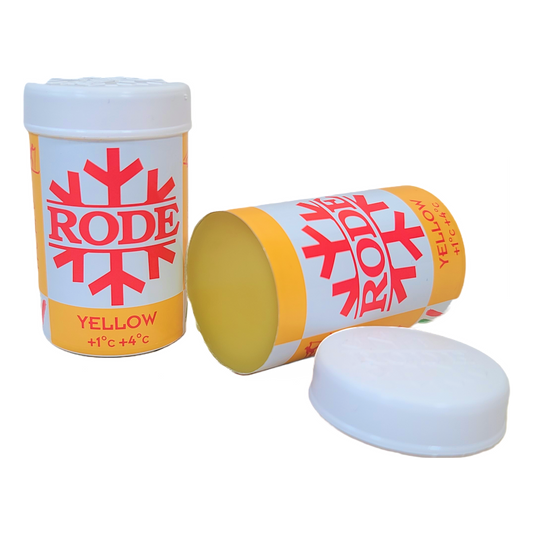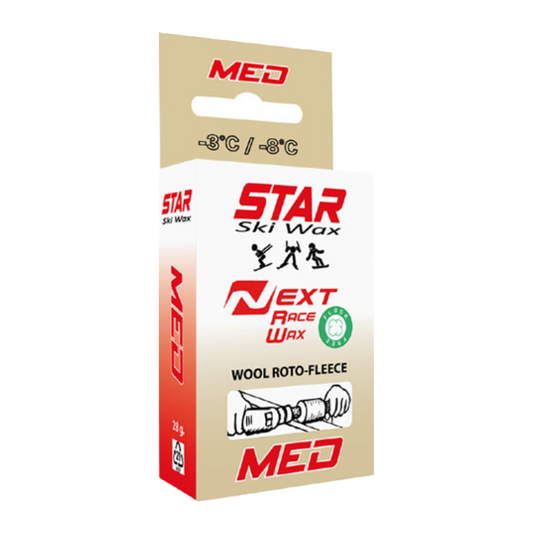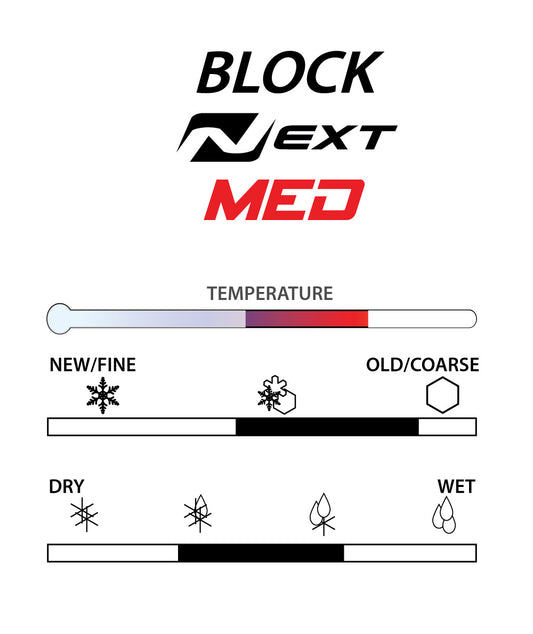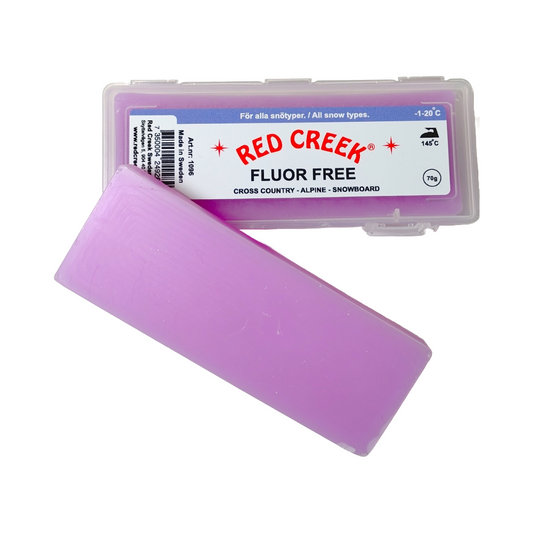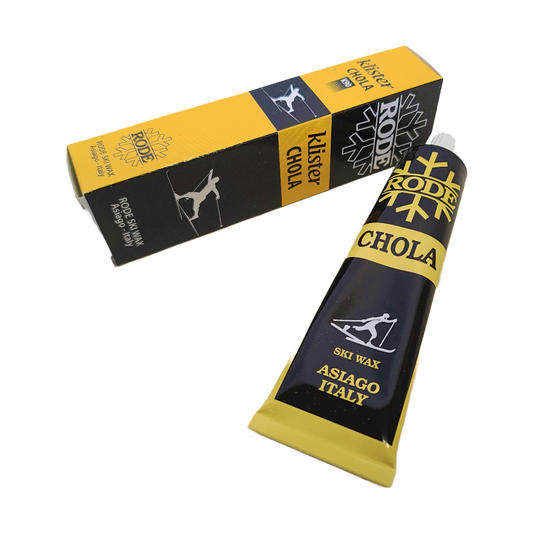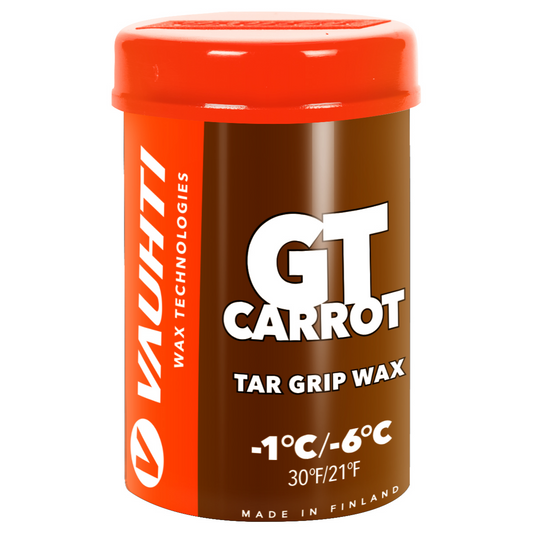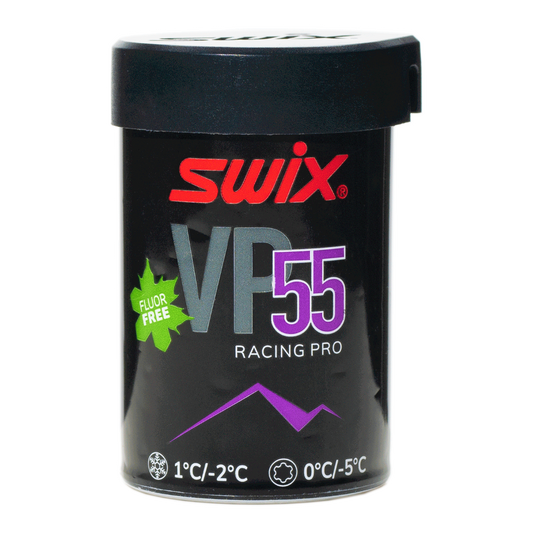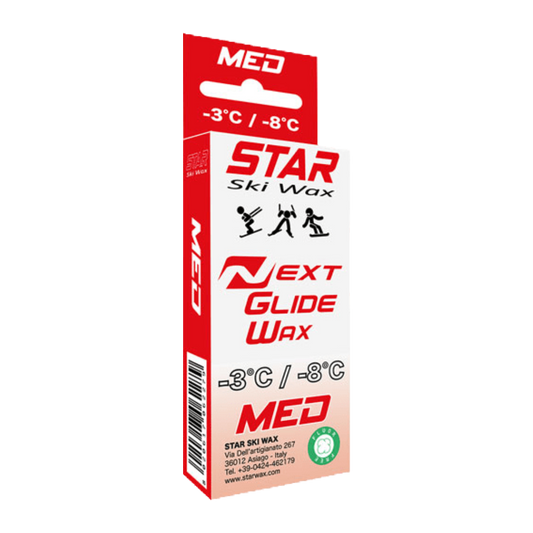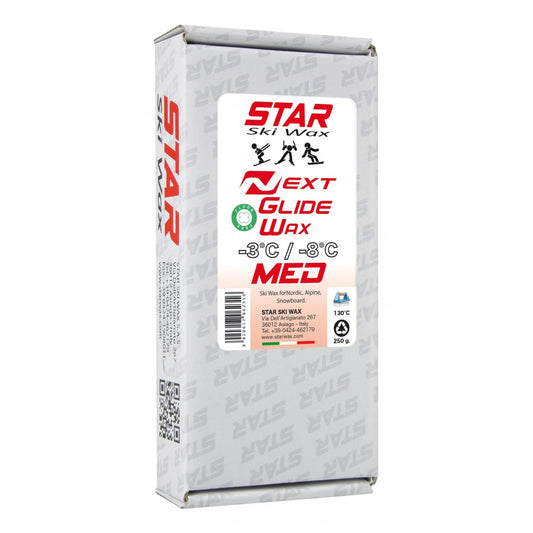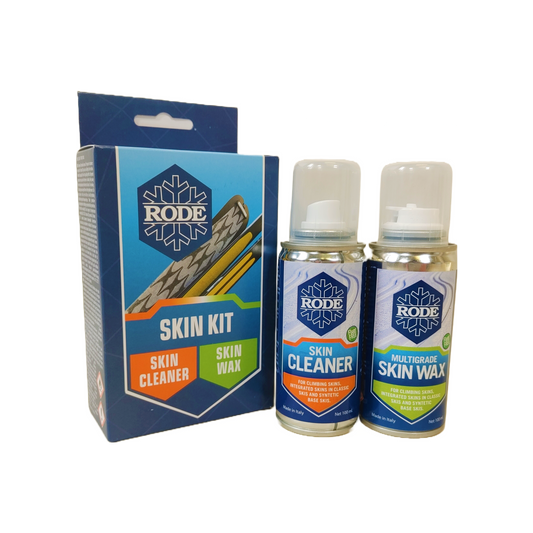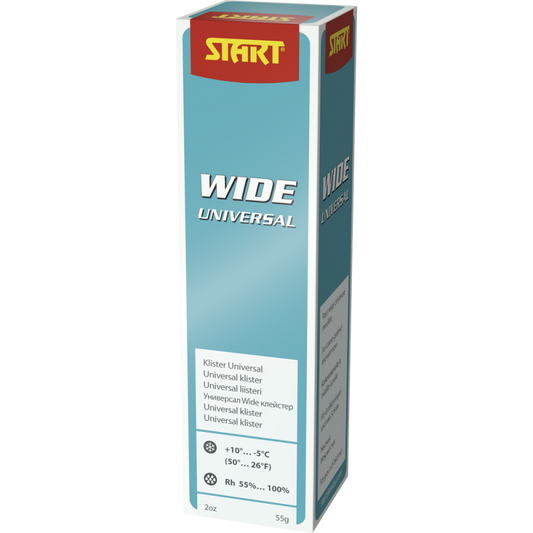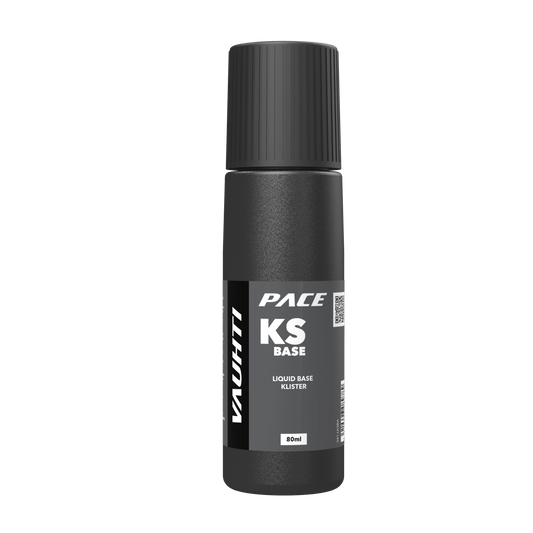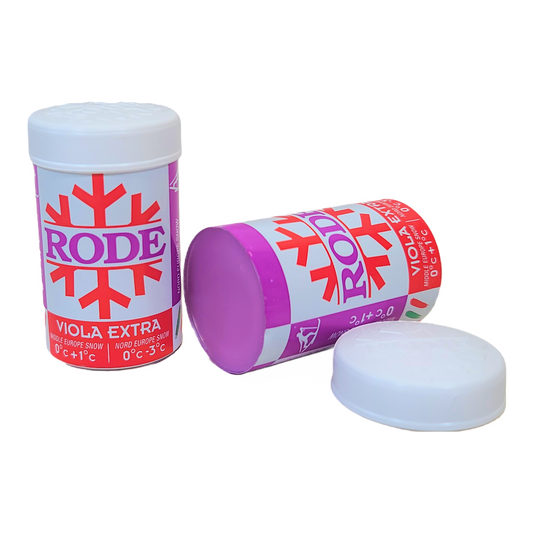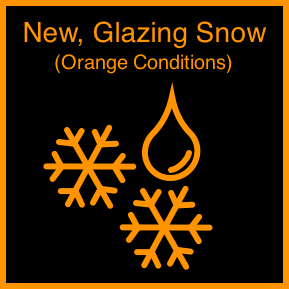
Orange Snow Conditions (New, Glazing Snow, +5°C to -5°C)
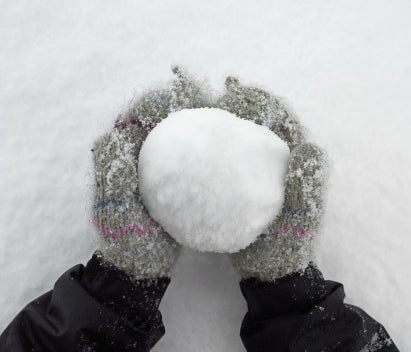
Orange snow conditions occur when freshly falling snow or new snow is humid enough to be 'packing snow.' This type of snow is perfect for making a snowman or a snowball fight! The natural snow crystal structure is still present - you can still pick up snow from the ground and still find relatively unbroken snowflakes. However, when this type of snow is skied over, its high humidity causes it to pack and glaze. This is a very tricky condition for waxing. On the one hand, snow crystals can still be sharp if there hasn't been heavy traffic on the trails, presenting you with a level of kinetic friction. But as the tracks get skied in, they tend to glaze, meaning kinetic friction is less of an issue. High humidity causes a suction component (wet friction) to always be a consideration in orange conditions.
-
Friction Characteristics
Because orange conditions usually occur when the snow is actively evolving from fresh, powdery blue conditions to wet, slushy yellow conditions, orange conditions occur at a crossroads of friction types. Kinetic friction is an issue when the trails have not been skied in much. But since the snowflakes are not too cold, they tend to melt when skied over rather than cut into your ski base, making it a lower priority. Fluorinated waxes are fantastic in snow like this because the HF or LF compounds help repel water. Glazing that occurs will act to seal water on top of the snowpack where it interacts with your ski. Aggressive rills are often needed in snow like this.
-
Kick Waxing
Usually, the advice for getting kick wax to grip in this type of snow is to resort to rub skis, skins, or fish scales. But when that’s not possible, and you need to use wax, you have a few options. Depending on the level of glazing in the tracks, klister or hardwax can work, but usually, a klister-cover is the way to go. If there is very little glazing, use a hardwax. It will be faster and won’t ice up as quickly. If there is glazing happening, use Klister since it will stick to the icy sheen. More often than not, there is a variety of glazed sections and powdery sections on the trails. This means taking advantage of both hardwaxes and klisters will give your grip wax good kick and glide on any part of the course. Klister-cover is where you start with a thin layer of klister and cover it was a hard hardwax (usually a hardwax that’s a step colder than the temperature). The Klister gives you grip, and the hardwax prevents icing.
Products for Orange Snow Conditions
-
Guru Blue Special Hardwax (-1C/-8C) | 45g
Regular price $40.00 CADRegular priceUnit price / per$0.00 CADSale price $40.00 CAD49 in stock -
Rode R100G RACING GLIDER GRAFITE MELT WAX (-5C/-30C)
Regular price From $34.96 CADRegular priceUnit price / per$0.00 CADSale price From $34.96 CAD3 in stockRode R100G RACING GLIDER GRAFITE MELT WAX (-5C/-30C)
Regular price From $34.96 CADRegular priceUnit price / per$0.00 CADSale price From $34.96 CADRode R100G RACING GLIDER GRAFITE MELT WAX (-5C/-30C)
Regular price From $34.96 CADRegular priceUnit price / per$0.00 CADSale price From $34.96 CAD -
Rex Wax Base Liquid Klister | 60ml
Regular price $32.95 CADRegular priceUnit price / per$0.00 CADSale price $32.95 CAD48 in stock -
Guru Red Hardwax (0C/-4C) | 45g
Regular price $40.00 CADRegular priceUnit price / per$0.00 CADSale price $40.00 CAD37 in stock -
Rode Blue Super Weiss Hardwax P28 | 45g (-1C/-7C)
Regular price $16.96 CADRegular priceUnit price / per$0.00 CADSale price $16.96 CAD136 in stock -
Rode LGM LIQUID GLIDER MULTIGRADE (10C/-20C)
Regular price From $23.96 CADRegular priceUnit price / per$0.00 CADSale price From $23.96 CAD131 in stockRode LGM LIQUID GLIDER MULTIGRADE (10C/-20C)
Regular price From $23.96 CADRegular priceUnit price / per$0.00 CADSale price From $23.96 CADRode LGM LIQUID GLIDER MULTIGRADE (10C/-20C)
Regular price From $23.96 CADRegular priceUnit price / per$0.00 CADSale price From $23.96 CAD -
Vauhti GS BASE SUPER Liquid Grip | 80ml
Regular price $32.00 CADRegular priceUnit price / per$0.00 CADSale price $32.00 CAD24 in stock -
Rode Rossa Hardwax P50 | 45g (3C/0C)
Regular price $16.96 CADRegular priceUnit price / per$0.00 CADSale price $16.96 CAD46 in stock -
Vauhti GS CARROT Liquid Grip | 80ml (-2C/-20C)
Regular price $32.00 CADRegular priceUnit price / per$0.00 CADSale price $32.00 CAD13 in stock -
Swix K22 Universal Klister (10C/-3C) | 55g
Regular price $25.00 CADRegular priceUnit price / per$0.00 CADSale price $25.00 CAD27 in stock -
Rex Wax G41 Pink/Green 'UHW' N-Kinetic Liquid Glider (5C/-20C)
Regular price From $39.95 CADRegular priceUnit price / per$0.00 CADSale price From $39.95 CAD28 in stockRex Wax G41 Pink/Green 'UHW' N-Kinetic Liquid Glider (5C/-20C)
Regular price From $39.95 CADRegular priceUnit price / per$0.00 CADSale price From $39.95 CADRex Wax G41 Pink/Green 'UHW' N-Kinetic Liquid Glider (5C/-20C)
Regular price From $39.95 CADRegular priceUnit price / per$0.00 CADSale price From $39.95 CAD -
Rex Wax Racing Glide Blue Paraffin (-1C/-10C)
Regular price From $23.95 CADRegular priceUnit price / per$0.00 CADSale price From $23.95 CAD25 in stockRex Wax Racing Glide Blue Paraffin (-1C/-10C)
Regular price From $23.95 CADRegular priceUnit price / per$0.00 CADSale price From $23.95 CADRex Wax Racing Glide Blue Paraffin (-1C/-10C)
Regular price From $23.95 CADRegular priceUnit price / per$0.00 CADSale price From $23.95 CAD -
Guru Violet Hardwax (-1C/-6C) | 45g
Regular price $40.00 CADRegular priceUnit price / per$0.00 CADSale price $40.00 CAD27 in stock -
Rode Yellow Hardwax P60 | 45g (4C/1C)
Regular price $16.96 CADRegular priceUnit price / per$0.00 CADSale price $16.96 CAD66 in stock -
STAR NEXT MED Fluoro-Free Racing Wool-Apply BLOCK (-3C/-8C) | 28g
Regular price $85.00 CADRegular priceUnit price / per$0.00 CADSale price $85.00 CAD7 in stock -
Red Creek Fluoro-Free Cold Melt Glide Wax (-1C/-20C)
Regular price From $59.97 CADRegular priceUnit price / per$0.00 CADSale price From $59.97 CADPre-Order AvailableRed Creek Fluoro-Free Cold Melt Glide Wax (-1C/-20C)
Regular price From $59.97 CADRegular priceUnit price / per$0.00 CADSale price From $59.97 CADRed Creek Fluoro-Free Cold Melt Glide Wax (-1C/-20C)
Regular price From $59.97 CADRegular priceUnit price / per$0.00 CADSale price From $59.97 CAD -
Rode Chola Klister K90 | 60g
Regular price $23.96 CADRegular priceUnit price / per$0.00 CADSale price $23.96 CAD46 in stock -
Vauhti GT CARROT Hardwax | 45g (-1C/-6C)
Regular price $17.00 CADRegular priceUnit price / per$0.00 CADSale price $17.00 CAD12 in stock -
Swix VP55 Dark Purple Kick Wax (0C/-5C) | 45g
Regular price $35.00 CADRegular priceUnit price / per$0.00 CADSale price $35.00 CAD19 in stock -
STAR NEXT MED Fluoro-Free Racing Melt Wax (-3C/-8C)
Regular price From $48.00 CADRegular priceUnit price / per$0.00 CADSale price From $48.00 CAD2 in stockSTAR NEXT MED Fluoro-Free Racing Melt Wax (-3C/-8C)
Regular price From $48.00 CADRegular priceUnit price / per$0.00 CADSale price From $48.00 CADSTAR NEXT MED Fluoro-Free Racing Melt Wax (-3C/-8C)
Regular price From $48.00 CADRegular priceUnit price / per$0.00 CADSale price From $48.00 CAD -
Rode Skin Ski Care Kit (20C/-30C)
Regular price $39.96 CADRegular priceUnit price / per$0.00 CADSale price $39.96 CAD259 in stock -
Start Universal Wide Klister (10C/-5C) | 55g
Regular price $44.00 CADRegular priceUnit price / per$0.00 CADSale price $44.00 CADUnavailableSold out -
Vauhti KS BASE Liquid Klister | 80ml
Regular price $32.00 CADRegular priceUnit price / per$0.00 CADSale price $32.00 CAD12 in stock -
Rode Viola Extra Hardwax P42 | 45g (1C/-3C)
Regular price $16.96 CADRegular priceUnit price / per$0.00 CADSale price $16.96 CAD58 in stock

